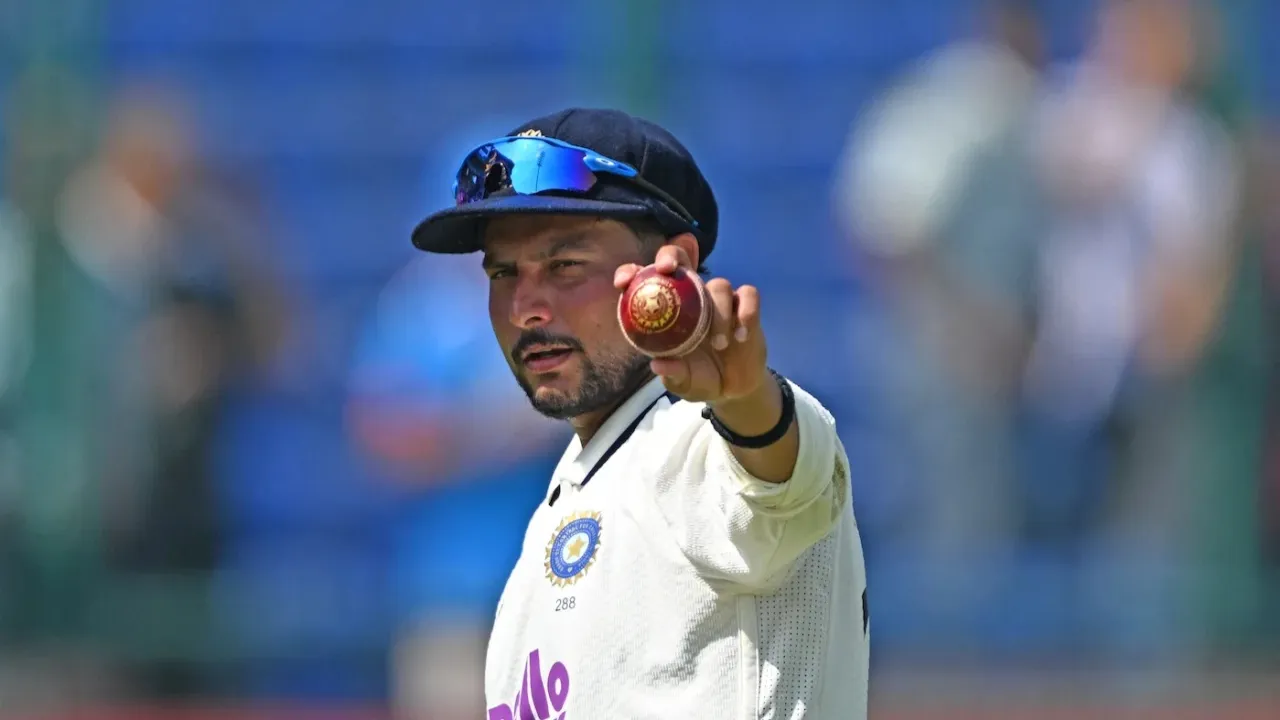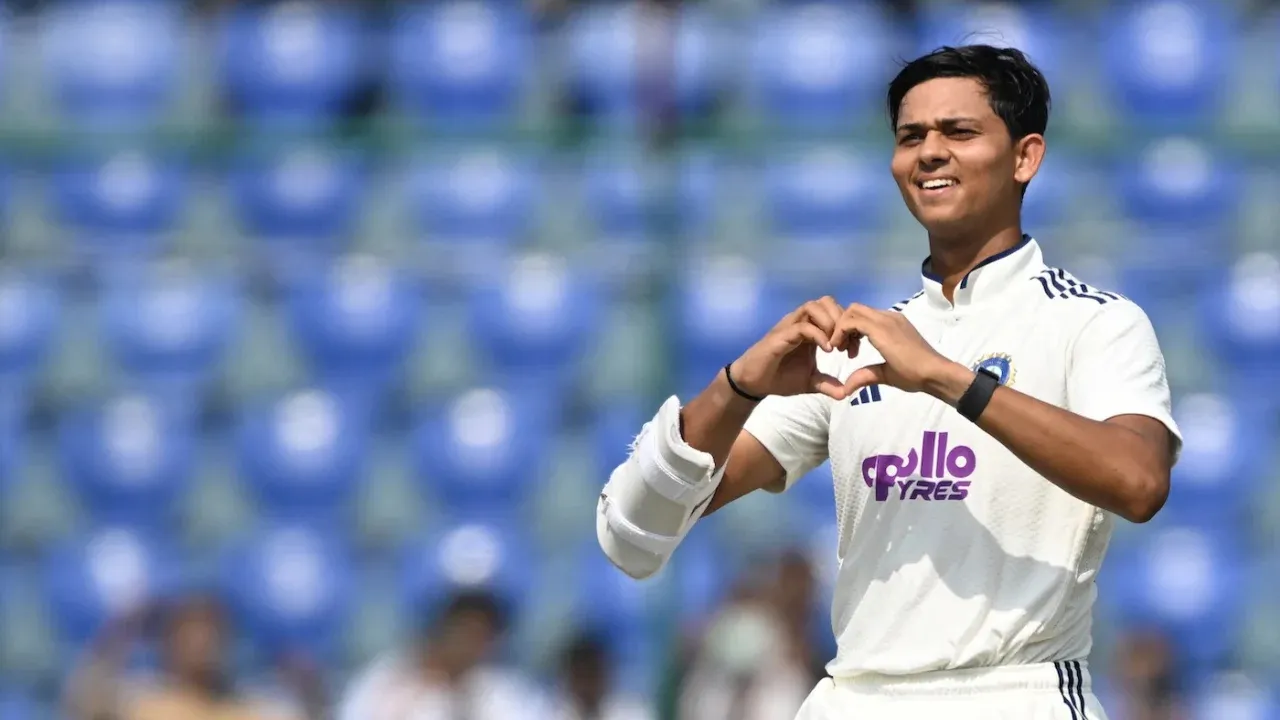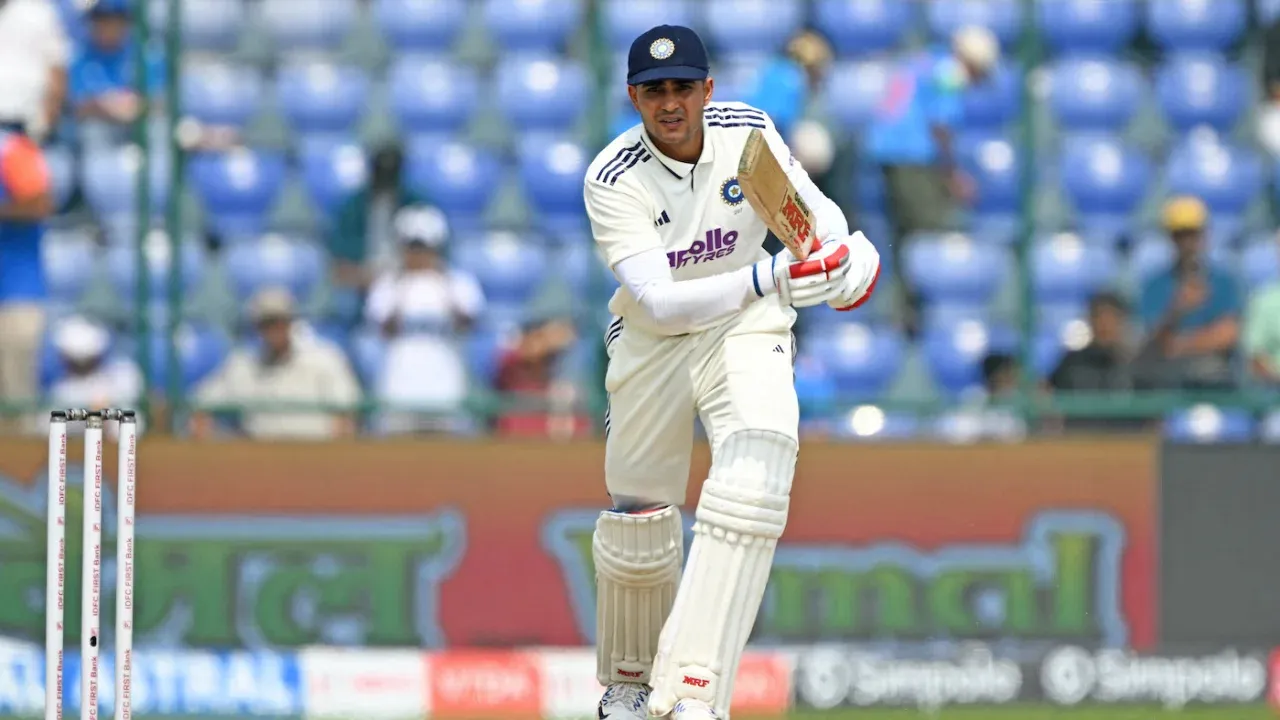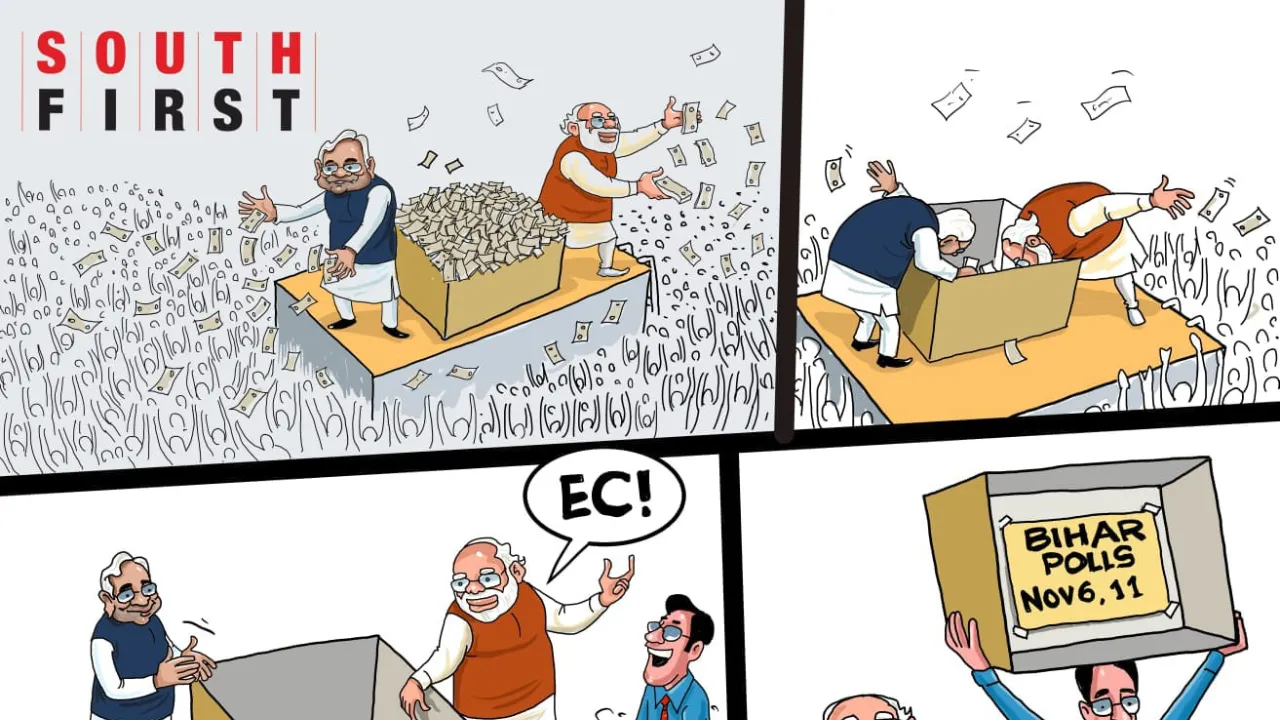BCCI Introduces ‘Serious Injury Replacement’ Rule for Domestic Cricket
In a major move aimed at prioritising player safety and ensuring fair competition, the Board of Control for Cricket in India (BCCI) has officially introduced a “Serious Injury Replacement” rule for the upcoming 2025–26 Indian domestic season. The landmark regulation, announced this week, comes in the wake of several high-profile injuries — most notably that of Rishabh Pant during the Anderson–Tendulkar Trophy earlier this year.
This new provision will allow teams to replace a player who suffers a severe, match-ending injury during play, with a like-for-like substitute, subject to approval by the on-field umpires and the match referee.
Why the Rule Was Introduced
The push for this rule gained momentum after multiple injuries disrupted matches during India’s series against England. Pant’s injury, in particular, left the Indian side disadvantaged in a crucial Test. A similar incident occurred with England’s Chris Woakes, further highlighting the need for a structured injury-replacement policy.
While cricket already has a concussion substitute rule at the international level, there was no provision for players ruled out due to other serious injuries such as fractures, dislocations, or deep cuts. The new BCCI regulation is designed to fill this gap, offering teams an opportunity to compete on equal terms while safeguarding player health.
Scope of the Rule
According to the updated playing conditions, the “Serious Injury Replacement” rule will apply only to multi-day domestic tournaments, including:
- Ranji Trophy
- Col. C.K. Nayudu Trophy (Under-23)
- Cooch Behar Trophy (Under-19)
The rule will not be implemented in limited-overs tournaments like the Vijay Hazare Trophy or the Syed Mushtaq Ali Trophy.
What Qualifies as a “Serious Injury”?
For a replacement to be approved, the injury must:
- Occur during active play within the designated playing area.
- Be the result of an external blow (e.g., hit by a ball, collision, or accidental fall).
- Lead to severe damage such as fractures, dislocations, or deep cuts, making it impossible for the player to continue in the match.
This clause ensures that only genuine cases are considered, preventing misuse of the rule for tactical advantages.
Process of Replacement
- Immediate Assessment – The on-field umpires, in consultation with the match referee and a medical professional present at the venue, will first assess the injury’s seriousness.
- Formal Request – The team manager must submit a written request to the referee, citing details of the incident, injury type, and the nominated replacement.
- Eligible Substitutes – The replacement player must usually be among those nominated at the toss. However, in the case of wicket-keeper injuries, a non-nominated substitute may be permitted if no backup keeper was originally listed.
- Final Decision – The match referee’s ruling is binding and non-appealable.
Conditions & Limitations
To maintain fair play and competitive balance, the rule comes with several safeguards:
- The replacement must be a like-for-like substitute, meaning the new player should ideally serve a similar role to the injured one (batsman for batsman, bowler for bowler, or wicketkeeper for wicketkeeper).
- A replacement player inherits all penalty time, warnings, or disciplinary records of the injured player.
- Once replaced, the injured player is deemed unavailable for the rest of the match.
- For statistical purposes, both the injured player and the replacement are recorded as having participated in the fixture.
Why It Matters
This move is seen as a progressive step by the BCCI, aligning domestic cricket with global trends in player welfare. The cricketing world welcomed the concussion substitute rule in 2019, and India’s domestic scene is now expanding protection to a broader range of serious injuries.
Experts believe this decision will:
- Reduce risks to player health by ensuring injured cricketers are not pressured to continue.
- Maintain match competitiveness, ensuring one team does not play at a significant disadvantage.
- Promote long-term careers, especially for younger players in Under-19 and Under-23 tournaments.
Former players have also hailed the move. Many argue that domestic cricket often sees higher injury rates due to packed schedules and challenging pitches, making this rule even more relevant.
The Bigger Picture
While limited to multi-day formats for now, many are speculating whether the rule will eventually extend to IPL or other franchise leagues. Although BCCI has not commented on that possibility, insiders suggest that the rule could serve as a testing ground before being adopted in international fixtures hosted in India.
By introducing the Serious Injury Replacement clause, BCCI has underlined its commitment to modernising cricket’s laws, keeping the game fair, competitive, and most importantly, safe for its players.
Also Read: Irfan Pathan Reveals He Was Dropped from IPL 2025 Due to Hardik Pandya.












